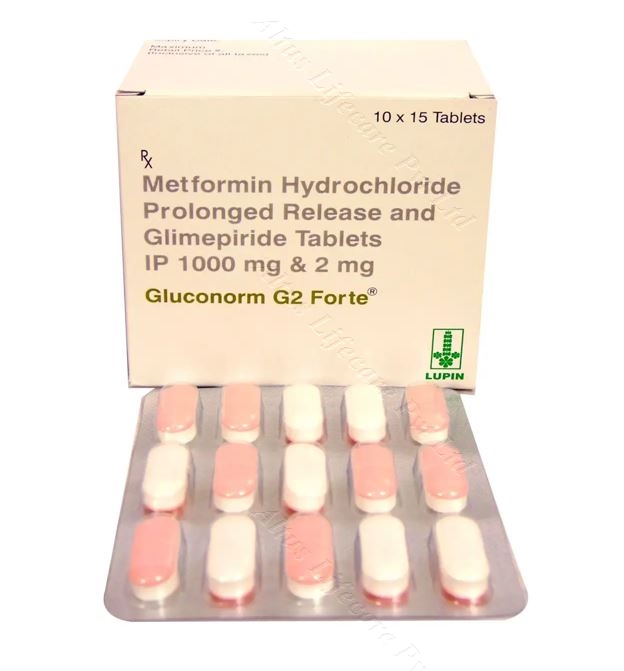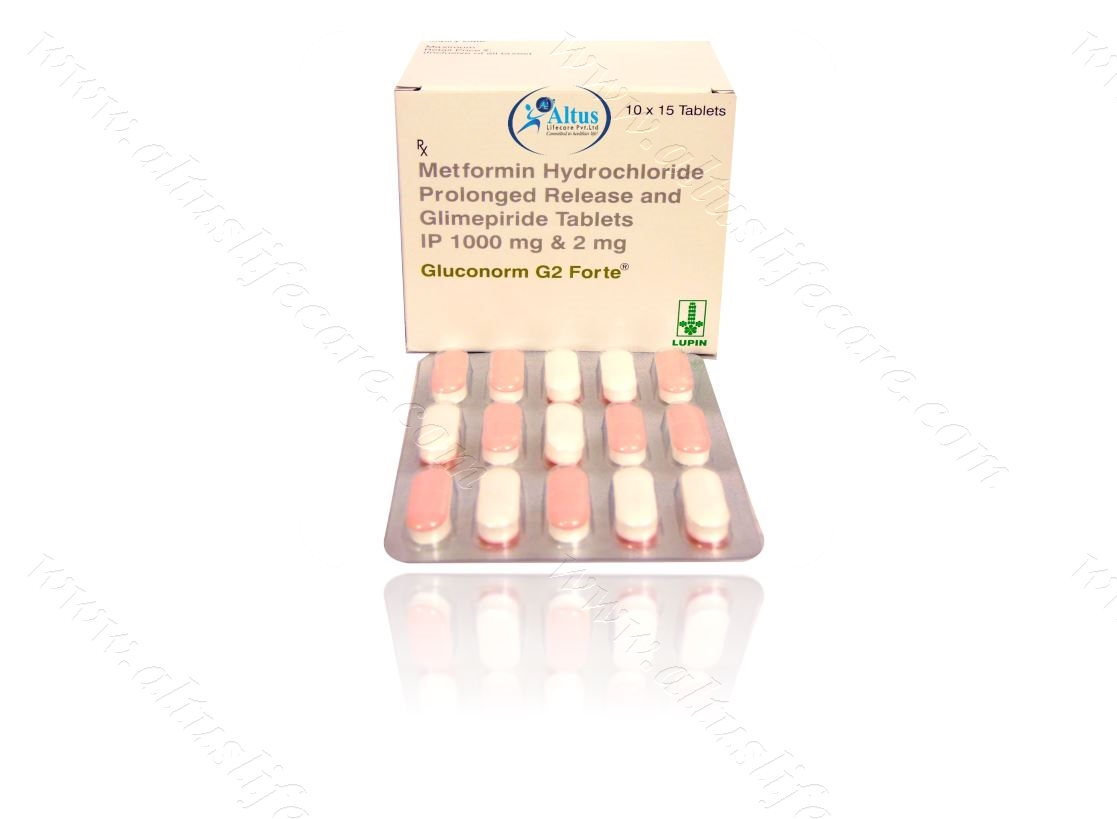No products in the cart.
Return To Shop
Menu
Categories
- Hair Loss
- Pain Relief
- HCG Injections
- Quit Smoking
- Pharmaceutical Vaccine
- Best Selling Products
- Anti Viral
- Bimatoprost
- Antibiotics
- Women's Health
- Cetaphil
- Botulinum
- Diabetes
- Human Albumin
- Anti Malarial
- Dermal fillers
- Chemical Peels
- Nephrology Segment
- Kidney / Liver Care
- Anti Cancer
- Altus Product's
- Pharmaceutical Products
- Anti Fungal
- Hepatitis
- Beauty & Skin Care
- Asthma
- Modafinil
- Urology Segment
- Thyroid Care
- Armodafinil
- HIV Medicines
- Weight Loss
- Naltrexone
- Anti Emetic
- Neuropathic Pain
- Mens Health
Wishlist
0
Sign in
Login
Register
- Anti-Cancer
- Armodafinil
- Bimatoprost
- Botulinum
- Dermal Fillers
- Hepatitis
- Mens-health
- Modafinil
- Naltrexone
- ANTI EMETIC
- Altus Product’s
- Anti Fungal
- Anti Malarial
- Anti Viral
- Antibiotics
- Asthma
- Beauty & Skin Care
- Cetaphil
- Chemical Peels
- Diabetes
- Hair Loss
- HCG Injections
- HIV Medicines
- Human Albumin
- Kidney / Liver Care
- Neuropathic Pain
- Pain Relief
- Pharmaceutical Products
- Pharmaceutical Vaccine
- Quit Smoking
- Thyroid Care
- Weight Loss
- Women’s Health
Shop and get discounts
Worldwide Shipping
Menu
Categories
- Hair Loss
- Pain Relief
- HCG Injections
- Quit Smoking
- Pharmaceutical Vaccine
- Best Selling Products
- Anti Viral
- Bimatoprost
- Antibiotics
- Women's Health
- Cetaphil
- Botulinum
- Diabetes
- Human Albumin
- Anti Malarial
- Dermal fillers
- Chemical Peels
- Nephrology Segment
- Kidney / Liver Care
- Anti Cancer
- Altus Product's
- Pharmaceutical Products
- Anti Fungal
- Hepatitis
- Beauty & Skin Care
- Asthma
- Modafinil
- Urology Segment
- Thyroid Care
- Armodafinil
- HIV Medicines
- Weight Loss
- Naltrexone
- Anti Emetic
- Neuropathic Pain
- Mens Health
Wishlist
0
0
Cart
$0.00
0
No products in the cart.
Return To Shop Shopping cart (0)
Subtotal: $0.00
Worldwide Shipping
Rated 4.33 out of 5 based on 3 customer ratings
(3 customer reviews)
Compare
Please, enable Compare.
SKU: N/A
Category: Diabetes
$43.59 – $112.82Price range: $43.59 through $112.82
Gluconorm-G 2 Forte Tablet (Glimepiride 2mg / Metformin 1000mg)
Gluconorm G2 Forte Tablet PR belongs to a category of medicines known as anti-diabetic drugs. It is a combination of two medicines used to treat type 2 diabetes mellitus in adults. It helps control blood sugar levels in people with diabetes.
Have questions?
Our experts are ready to help.
Call : +91 9002 1002 33
Gluconorm-G 2 Forte Tablet (Glimepiride 2mg / Metformin 1000mg)
| COUNTRY OF ORIGIN | India |
|---|---|
| DOSAGE FORM | Tablets |
| GENERIC NAME | Glimepiride |
| INDICATION | Type 2 diabetes mellitus |
| PACKAGING | 15 tablets in 1 strip |
| MANUFACTURER | Lupin Ltd |
| COMPOSITION | Glimepiride (2mg) + Metformin (1000mg) |
PRODUCT INTRODUCTION
Gluconorm-G 2 Forte Tablet belongs to a category of medicines known as anti-diabetic drugs. It is a combination of two medicines used to treat type 2 diabetes mellitus in adults. It helps control blood sugar levels in people with diabetes.
Gluconorm-G 2 Forte Tablet should be taken with food. Take it regularly at the same time each day to get the most benefit. Your doctor will decide what dose is best for you and this may change from time to time according to how it is working according to your blood sugar levels, keep taking this medicine, even if you feel well or your blood sugar levels are controlled.
If you stop it without consulting your doctor, your blood sugar levels could rise and put you at risk of kidney damage, blindness, nerve problems, and loss of limbs. Remember that it is only part of a treatment program that should also include a healthy diet, regular exercise, and weight reduction as advised by your doctor. Your lifestyle plays a big part in controlling diabetes.
The most common side effect of Gluconorm G2 Forte Tablet PR is low blood glucose levels (hypoglycemia). Make sure you recognize the signs of having low blood glucose levels, such as sweating, dizziness, headache, and shaking, and know how to deal with it. To prevent this, it’s important to have regular meals and always carry a fast-acting source of glucose such as sugary food or fruit juice with you.
Drinking alcohol can also increase your risk of low blood sugar levels and should be avoided. Other side effects that may be seen on taking this medicine include taste changes, nausea, diarrhea, stomach pain, headache, and upper respiratory tract infection. Some people may find that they put on weight with this medicine.
You should not take it if you have type 1 diabetes mellitus, if you have diabetic ketoacidosis (high levels of acid in your blood), or if you have severe kidney or liver disease. Before taking this medicine, tell your doctor if you have ever had heart disease. It may not be suitable.
Pregnant or breastfeeding women should also consult their doctor before taking it. Your blood sugar levels should be checked regularly and your doctor may also advise blood tests to monitor your blood cell counts and liver function.
“Enhancing Glycemic Control: The Synergy of Glimepiride 2mg and Metformin 1000mg”
This heading explores the collaborative impact of Glimepiride 2mg and Metformin 1000mg in achieving optimal blood glucose management for individuals with Type 2 diabetes. The explanation would detail how Glimepirid e facilitates insulin release, while Metformin improves insulin sensitivity, working together to address the multifaceted aspects of glycemic control.
“Precision in Diabetes Management: Unpacking the Dosage Strategy of Glimepiride 2mg and Metformin 1000mg”
This heading delves into the rationale behind the specific dosages of Glimepirid e (2mg) and Metformin (1000mg) in the treatment plan. The explanation would discuss the considerations for selecting these doses, including efficacy, patient response, and potential side effects. It emphasizes the importance of tailoring dosage strategies to individual patient needs, highlighting the precision involved in diabetes management with this combination.
Foundation of Progress: Building Strength with Glimepiride Metformin
Recognize Glimepiride and Metformin as the foundational pillars of progress, building strength in the core of diabetes management.
“Navigating Glimepiride-Metformin Interactions: What You Need to Know”
Here, the focus would be on potential drug interactions between glimepirid e and metformi n. The discussion would cover precautions, contraindications, and considerations for patients with other medical conditions or those taking additional medications.
Diabetes Mellitus Medications: Medication Choices for Improved Wellness
Make informed medication choices to optimize wellness in diabetes care. This guide highlights specific medication options that contribute to overall wellness, promoting a healthier and more fulfilling life for individuals managing diabetes.
DM Type 2 Medications: Medication Essentials for Optimal Well-Being
Highlight essential medications crucial for achieving optimal well-being in managing Type 2 Diabetes. Emphasize the foundational role these medications play in promoting overall health and well-being.
Elevating Wellness: Drug for Diabetes Mellitus Type 2 Chronicles
Chronicling the drug’s journey in elevating wellness for individuals with Diabetes Mellitus Type 2, documenting its multifaceted impact on overall health and well-being.
Medications for Diabetes Mellitus Type 2: Leveraging Digital Tools for Medication Reminders
Digital tools play a role in medication adherence. In this blog, we’ll explore how individuals can leverage digital tools for medication reminders, enhancing consistency and adherence in managing type 2 diabetes through effective medication use.
“Meds for Diabetes Mellitus Type 2: Medication Choices for Improved Wellness”
Delve into medication choices that contribute to improved wellness for individuals with Type 2 Diabetes. This guide explores how selecting the right medications can positively impact not only diabetes control but also overall well-being and quality of life.
Signs and Symptoms of Type 2 Diabetes Mellitus: Navigating the Early Diabetes Signs
Navigate through the signs that mark the early stages of Type 2 Diabetes Mellitus. Recognize the importance of early navigation for timely healthcare interventions and improved outcomes.
Nutrigenomics and Tailored Diets for Treatment of Type 2 Diabetes Mellitus
Tailoring dietary recommendations to individual genetic profiles, this section explores the emerging field of nutrigenomics in the treatment of Type 2 Diabetes Mellitus. By understanding how genetic variations influence nutrient metabolism, healthcare providers can design personalized dietary plans to optimize metabolic outcomes.
USES OF GLUCONORM-G TABLET PR
- Treatment of Type 2 diabetes mellitus
BENEFITS OF GLUCONORM-G TABLET PR
In Treatment of Type 2 diabetes mellitus
Gluconorm G 2 Forte Tablet is a combination medicine that increases the amount of insulin your body produces (in the pancreas). The insulin then works to lower your blood glucose level. It is usually taken once a day. You should keep taking it for as long as it is prescribed.
Lowering blood glucose levels is an essential part of managing diabetes. If you can control the level you will reduce the risk of getting any of the serious complications of diabetes such as kidney damage, eye damage, nerve problems, and loss of limbs. Taking this medicine regularly along with proper diet and exercise will help you live a normal, healthy life.
Lowering blood glucose levels is an essential part of managing diabetes. If you can control the level you will reduce the risk of getting any of the serious complications of diabetes such as kidney damage, eye damage, nerve problems, and loss of limbs. Taking this medicine regularly along with proper diet and exercise will help you live a normal, healthy life.
SIDE EFFECTS OF GLUCONORM-G TABLET PR
Most side effects do not require any medical attention and disappear as your body adjusts to the medicine. Consult your doctor if they persist or if you’re worried about them
Common side effects of Gluconorm-G
- Hypo lycemia (low blood glucose level)
- Headache
- Nausea
- Diarrhea
- Flatulence
HOW TO USE GLUCONORM-G TABLET PR
Use it as advised by your doctor or check the label for directions before use. Gluconorm G2 Forte Tablet PR is to be taken with food.
HOW GLUCONORM-G TABLET PR WORKS
Gluconorm G 2 Forte Tablet is a combination of two antidiabetic medicines: Glimepirid e and Metformin.Glimepirid e is a sulfonylurea which works by increasing the amount of insulin released by the pancreas in order to lower the blood glucose. Metformin is a biguanide which works by lowering glucose production in the liver, delaying glucose absorption from intestines and increasing the body’s sensitivity to insulin.
SAFETY ADVICE

Alcohol
UNSAFE
It is unsafe to consume alcohol with Gluconorm G 2 Forte Tablet.

Pregnancy
CONSULT YOUR DOCTOR
Gluconorm G 2 Forte Tablet may be unsafe to use during pregnancy. Although there are limited studies in humans, animal studies have shown harmful effects on the developing baby. Your doctor will weigh the benefits and any potential risks before prescribing it to you. Please consult your doctor.

Breast feeding
UNSAFE
Gluconorm G 2 Forte Tablet is unsafe to use during breastfeeding. Data suggests that the drug may cause toxicity to the baby.

Driving
CAUTION
Your ability to drive may be affected if your blood sugar is too low or too high. Do not drive if these symptoms occur.

Kidney
CAUTION
Gluconorm G 2 Forte Tablet should be used with caution in patients with kidney disease. Dose adjustment of Gluconorm G2 Forte Tablet PR may be needed. Please consult your doctor.
Use of Gluconorm G 2 Forte Tablet is, however, not recommended in patients with severe kidney disease. Regular monitoring of kidney function test is advisable while you are taking this medicine.
Use of Gluconorm G 2 Forte Tablet is, however, not recommended in patients with severe kidney disease. Regular monitoring of kidney function test is advisable while you are taking this medicine.

Liver
CAUTION
Gluconorm G2 Forte Tablet PR should be used with caution in patients with liver disease. Dose adjustment of Gluconorm G2 Forte Tablet PR may be needed. Please consult your doctor.
Gluconorm G2 Forte Tablet PR is generally started with low dose in patients with mild to moderate liver disease and its use is not recommended in patients with severe liver disease.
Gluconorm G2 Forte Tablet PR is generally started with low dose in patients with mild to moderate liver disease and its use is not recommended in patients with severe liver disease.
WHAT IF YOU FORGET TO TAKE GLUCONORM-G TABLET PR?
If you miss a dose of Gluconorm G 2 Forte Tablet, take it as soon as possible. However, if it is almost time for your next dose, skip the missed dose and go back to your regular schedule. Do not double the dose.
| Pack Size | 60 Tablet/s, 90 Tablet/s, 120 Tablet/s, 150 Tablet/s, 210 Tablet/s |
|---|
3 reviews for Gluconorm-G 2 Forte Tablet (Glimepiride 2mg / Metformin 1000mg)
Add a review Cancel reply
Related products
Myezom Injection (Bortezomib)
From: $188.31Decarb 500 Injection (Dacarbazine)
From: $171.43Cytosar Injection (Cytarabine)
From: $57.14Resof-L Tablet | Ledipasvir | Sofosbuvir
From: $256.41Sofovir 400mg Tablet | Sofosbuvir 400mg
From: $102.56Sofab LP Tablet | Ledipasvir | Sofosbuvir
From: $256.41Cimivir 400mg Tablet | Sofosbuvir 400mg
From: $243.59People also bought
-
Benoquin 40 Cream | Monobenzone 40%
From: $154.77 - From: $38.38
- From: $40.05
-
Aziderm 10% Cream 15gm | Azelaic Acid 10%
From: $39.26
Our Services
Shipping
Shipping at Discounted Price
Money Returns
Return Within 30 Days
Secure Payment
Safe & Secure Payment
Support 24/7
Contact 24 Hours Day
Gluconorm-G 1 Tablet (Glimepir...
From: $33.85


T-Vobit VX1 Tablet SR Glimepir...
From: $44.81
More
More
- Anti-Cancer
- Armodafinil
- Bimatoprost
- Botulinum
- Dermal Fillers
- Hepatitis
- Mens-health
- Modafinil
- Naltrexone
- ANTI EMETIC
- Altus Product’s
- Anti Fungal
- Anti Malarial
- Anti Viral
- Antibiotics
- Asthma
- Beauty & Skin Care
- Cetaphil
- Chemical Peels
- Diabetes
- Hair Loss
- HCG Injections
- HIV Medicines
- Human Albumin
- Kidney / Liver Care
- Neuropathic Pain
- Pain Relief
- Pharmaceutical Products
- Pharmaceutical Vaccine
- Quit Smoking
- Thyroid Care
- Weight Loss
- Women’s Health




















Elise (verified owner) –
The practice of deep breathing exercises has become a tool for relaxation and mindfulness, contributing to a sense of calmness amidst the demands of managing type 2 diabetes.
Magdalena (verified owner) –
“The product’s quality is unmatched. The packaging was so well thought out, ensuring that it arrived in perfect condition.”
Freyja (verified owner) –
“The product quality is excellent, and the shipping was fast and reliable!”